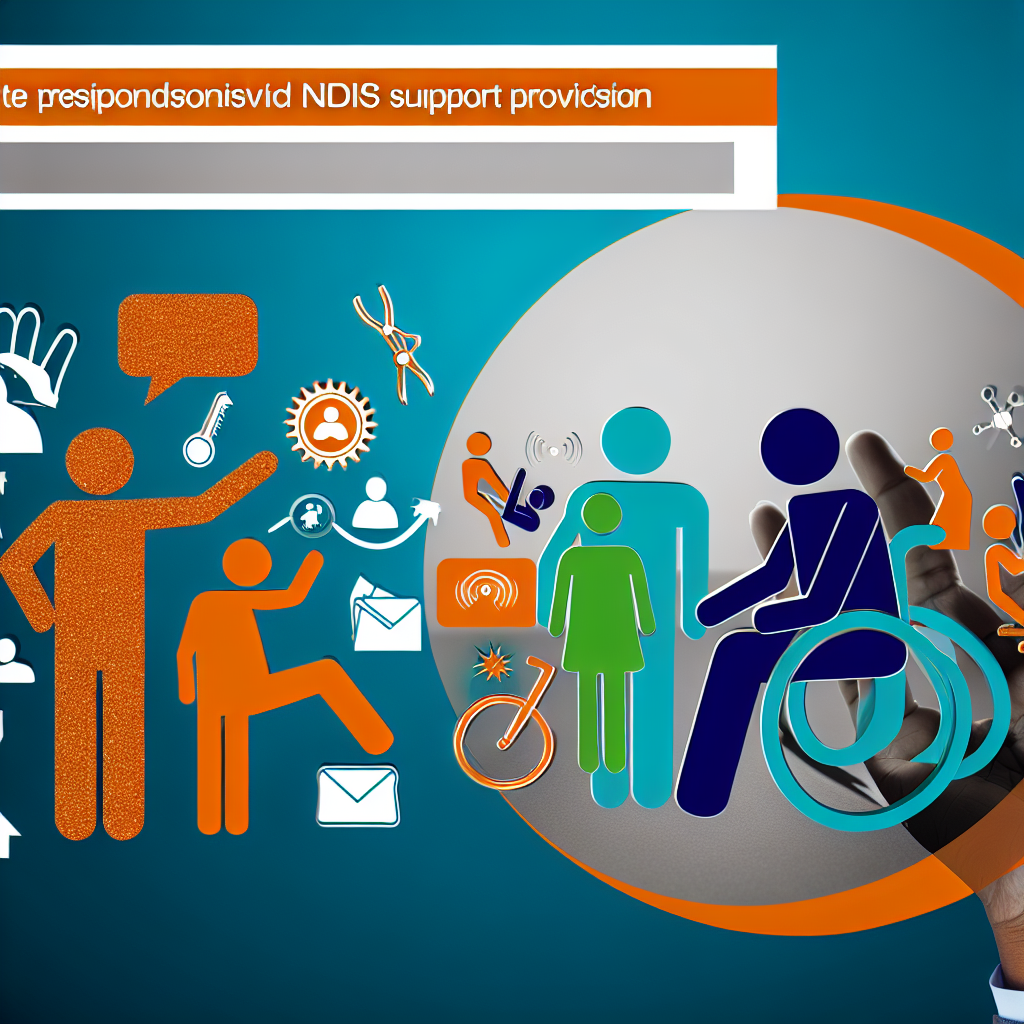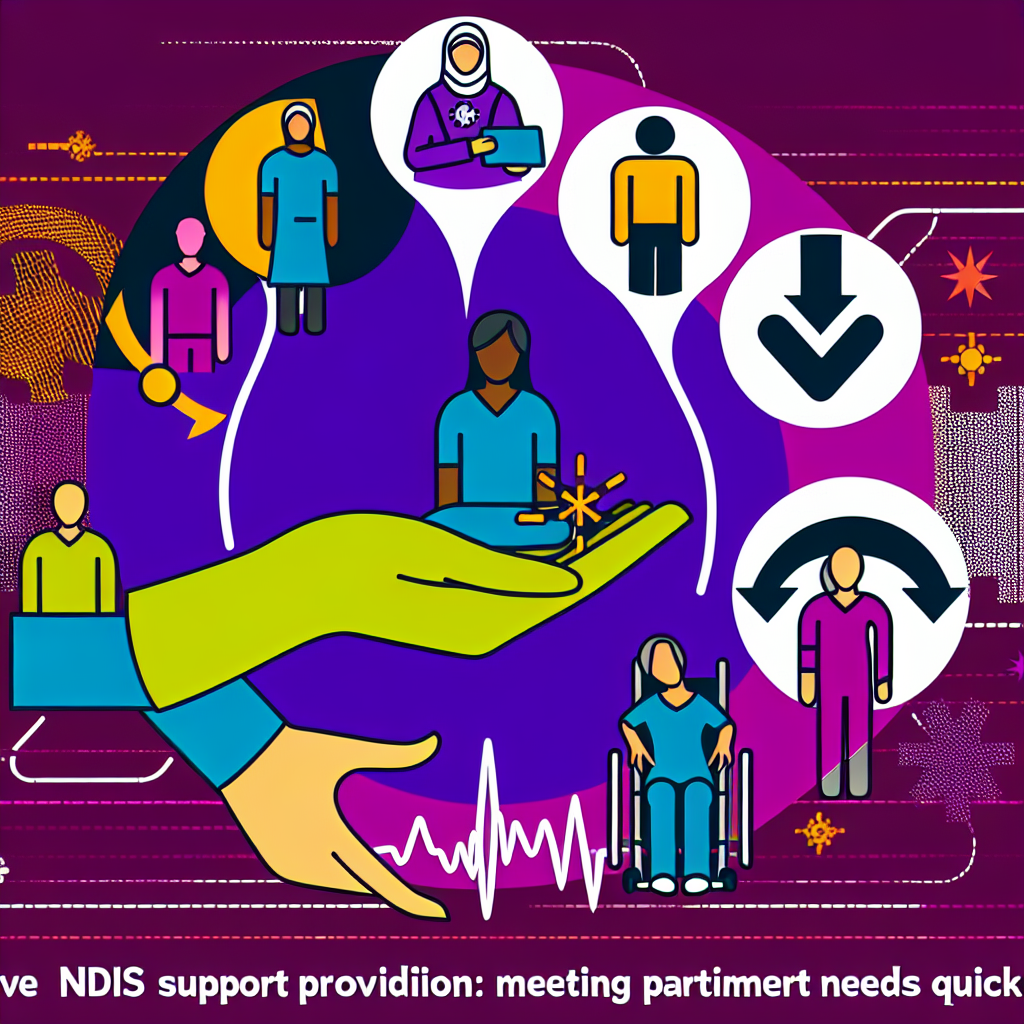Challenges and Gaps in the NDIS: What Still Needs to Change?
The National Disability Insurance Scheme (NDIS) was introduced in Australia with the ambitious goal of providing better support to individuals with disabilities. While it has indeed transformed many lives by providing much-needed financial assistance and support services, several challenges and gaps persist. These issues, such as accessibility concerns, administrative delays, rural and remote service gaps, and participant advocacy needs, continue to hinder the effectiveness of the scheme. In this post, we will critically examine these challenges and discuss what changes are necessary for the NDIS to truly deliver on its promise.
Accessibility Concerns
Understanding Accessibility Issues
One of the primary challenges facing the NDIS is accessibility. Many individuals eligible for the scheme encounter difficulty accessing the NDIS due to a lack of information, complex application processes, or insufficient initial supports. For those with limited internet access or technological skills, the predominantly online processes present significant barriers.
This digital divide is particularly pronounced among older individuals or those from lower socio-economic backgrounds who may struggle to navigate digital platforms used for NDIS applications and management.
Potential Solutions for Improved Accessibility
Addressing these issues requires enhanced efforts to provide alternative access methods. This can involve:
- Expanding face-to-face support centers across more regions, especially in areas with known low internet connectivity.
- Developing simplified, language-sensitive application processes that reduce the complexity for non-English speakers or those with cognitive impairments.
- Increasing community outreach programs to educate eligible participants about the scheme and assist them in their application process.
Administrative Delays
Causes of Delays
Administrative delays are another critical issue plaguing the NDIS. The process of assessing eligibility, planning, and approval can be slow, leaving participants without necessary support for extended periods. This backlog is often compounded by staff shortages and high turnover rates within the NDIS workforce.
These delays are particularly detrimental to those with urgent care needs who cannot afford to wait months for approval. Such delays not only impact participants’ well-being but also strain families who may need to provide interim unanticipated care.
Strategies to Mitigate Delays
To reduce administrative delays, the NDIS could implement several strategies:
- Investing in workforce development to ensure sufficient, well-trained staff available to handle applications efficiently.
- Utilizing technology-driven solutions, such as automated assessments, to streamline processes where appropriate.
- Implementing more robust tracking and accountability measures to monitor and address bottlenecks in application processing.
Rural and Remote Service Gaps
The Rural Disadvantage
The availability of NDIS services in rural and remote areas continues to be a significant issue. Participants living outside metropolitan regions often find themselves with fewer service providers and longer wait times for support services. The geographic isolation complicates the logistics of delivering necessary services like therapy, transport, and community inclusion programs.
Closing the Rural Service Gap
Addressing these service gaps requires targeted strategies, including:
- Incentivizing service providers to expand operations into rural areas, perhaps through subsidies or grants.
- Deploying mobile service units that can travel to remote areas to provide assessments and services.
- Fostering community partnerships to develop locally relevant services that meet the unique needs of remote populations.
Participant Advocacy Needs
The Importance of Advocacy
Effective advocacy is crucial for NDIS participants to ensure their needs are met. However, many participants feel inadequately equipped to advocate for themselves, especially when navigating the often complex NDIS landscape. This need is exacerbated for individuals with disabilities that affect communication or cognitive processing.
Empowering Participants
To enhance participant advocacy, several measures could be implemented:
- Increasing funding for advocacy organizations that assist in representing NDIS participants’ interests.
- Developing participant-focused training programs that educate individuals about their rights within the NDIS.
- Establishing a feedback mechanism that allows participants to easily report concerns or suggest improvements to NDIS processes.
Conclusion
The National Disability Insurance Scheme has made significant strides in transforming how support is provided to Australians with disabilities. However, issues surrounding accessibility, administrative bottlenecks, rural service availability, and participant advocacy highlight essential areas for reform. By addressing these challenges, the NDIS can more effectively fulfill its mission of providing equitable, efficient, and comprehensive support to all those in need. Policymakers, service providers, and the community must collaborate to implement these changes and bridge the current gaps within the system.




